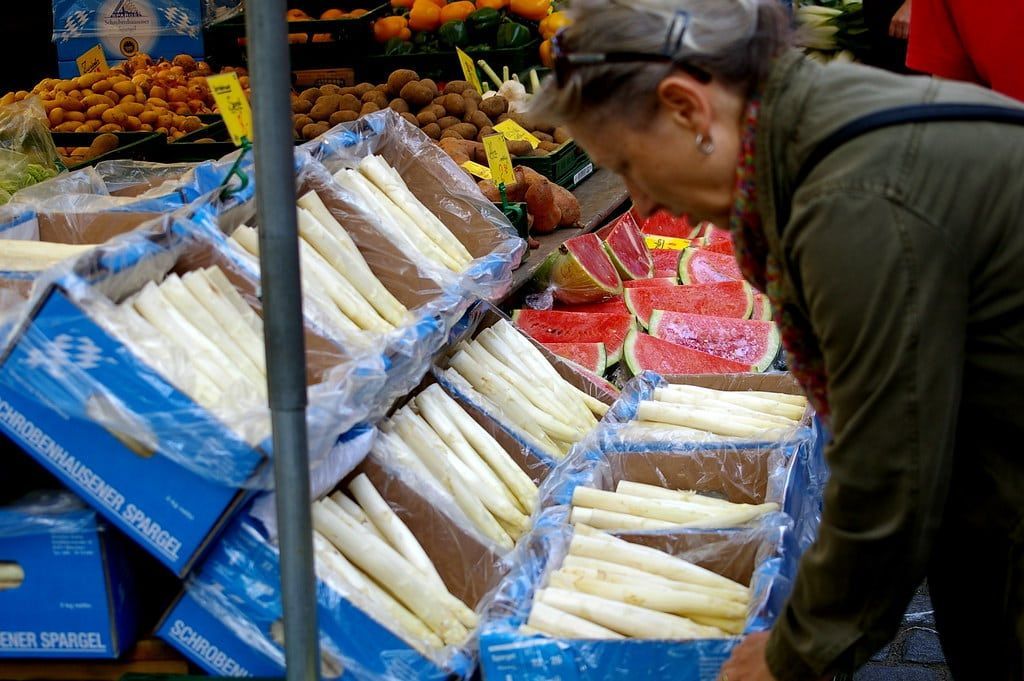News


As a common feature on the plates of German and Dutch diners, the popularity of white asparagus has led to clever innovation to improve the growing and harvesting of the ‘King of Vegetables’.
A delicacy in some countries and a household staple in others, in the Netherlands alone a staggering $82 million of white asparagus is consumed every year, while the Germans inhale 125,000 tonnes of it during ‘Spargelzeit’ (white asparagus season). Unable to satisfy domestic demand, more than a third of white asparagus eaten in Germany is imported.
On Australian shores, the sector is so small that it barely even registers. Outside Germany and the Netherlands, consumer interest in white asparagus is largely driven by the gourmet food scene, grown in small quantities and sold to high-end restaurants on the hunt for unique ingredients. Outside Central Europe, white asparagus retails for between $14-$20 a kilo.
Derived from the same variety as its green counterpart, white asparagus is grown exclusively under the soil. The absence of sunlight inhibits the production of chlorophyll, preventing it from going green. Growers plant asparagus under mounds of soil, in polyhouses or under plastic to ensure the right conditions.
Given the volume of production in central Europe, innovation and precision in growing white asparagus is a focus for the German and Dutch industries. A Dutch company, Cerescon Harvesting, has recently commercialised robotic technology specifically for the white asparagus sector, attracting interest from farmers and investors alike.
Cerescon’s automatic selective asparagus harvester robot, known as Sparter, uses sub-surface detection sensors and electrical pulses to identify the exact location of asparagus. Once located, the spears are plucked out of the ground by the machine’s cutters and put on a conveyor belt and sent to a collection point on the harvester.
Available in one and two-row models, the self-propelled unit is also capable of repairing seed beds in preparation for next season’s plantings and can even lift and relay the plastic on top of the crop rows.
In addition to the production and quality gains offered by Cerescon’s harvester, the labour shortages worsened by the COVID-19 outbreak has increased interest from asparagus farmers across central Europe.
“Since the outbreak of the coronavirus, interest in Sparter from growers has doubled now that harvesters are even thinner on the ground,” explains Mark van Lier, International Sales Manager at Cerescon.
According to Cerescon, one machine can replace the work undertaken by 25 workers, reducing harvesting costs by 50% while increasing the yield and quality of harvested asparagus.
Operated autonomously, the one-row Sparter is capable of harvesting around 0.3 hectare per hour and will retail for around AUS $577,000.
Interest in Sparter has encouraged Cerescon to start production of 150 machines per year over the next 5 years.
Sources: Cerescon, BBC
Image: “White asparagus” by RaeAllen is licensed under CC BY 2.0
Get the latest industry updates
Contact Us
We will get back to you as soon as possible.
Please try again later.



